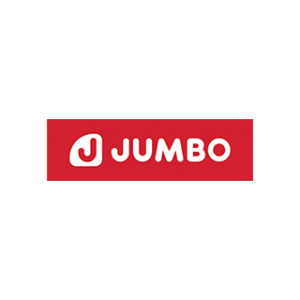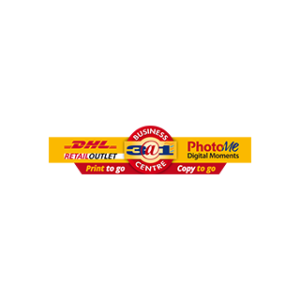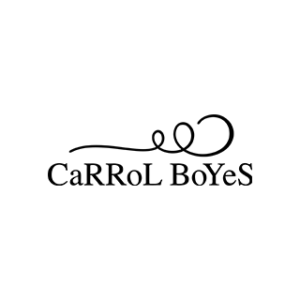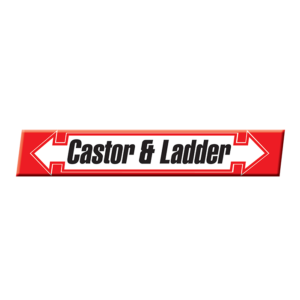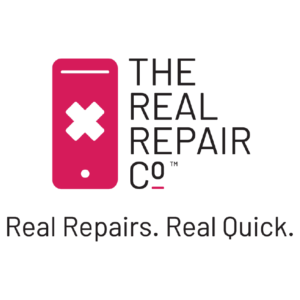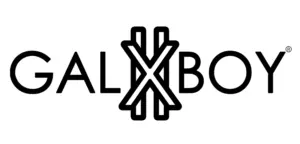Do you have a successful online business? Ecommerce success can be challenging if your strategy relies on flying blind with absolutely no data or metrics to measure. The most successful eCommerce businesses make decisions based on metrics. There are various tools available to measure, analyze and benchmark your website’s performance. but only a few of them can be turned into actionable insights that help you grow. Payflex highlights 7 of the most important metrics that every eCommerce business should be utilising to measure their success, growth and performance.
Customer Lifetime Value
One of the biggest mistakes you can make is to view your customers through the lens of one sale only. Customer Lifetime Value (CLV) is one of the best ways to measure eCommerce success. It adopts a big-picture approach, measuring the total you earn from a typical customer over the course of their life. Your CLV is important because it serves as a benchmark for how much you can spend to acquire customers as well as the lengths you should go to retain them. To determine the CLV, multiply the average order value by the average purchase frequency rate and the average customer lifespan. To increase your store’s CLV, focus on improving loyalty among your existing customers so they become repeat buyers.
Customer Acquisition Cost
The adage “it costs money to make money” rings true in the rapidly evolving world of eCommerce. Customer Acquisition Cost is the total amount you typically spend in order to bring in a new customer (COV). The COV factors in marketing costs like paid ads, SEOs and content that were used to attract the shopper. In order to make money, your customer acquisition cost needs to be less than your customer lifetime value. This metric is calculated by dividing your total sales and marketing costs for a certain period by the number of new customers acquired during that same period.If this metric gradually increases over time, it could be a warning sign that something is either wrong with your product, or your user experience.
Average Order Value
Average Order Value is a key indicator of eCommerce success. Naturally, one of your core goals is encouraging consumers to spend as much as possible so you earn as much as possible. It is therefore vital to understand your Average Order Value (AOV) so you can implement strategies to raise it. The AOV measures how much your customers typically spend on a single order from you. You calculate AOV by dividing total revenue for a period by the total number of orders completed during that same period.
Cart Abandonment Rate
Abandoned carts are a big pain point for all eCommerce retailers. Cart Abandonment Rate measures the percentage of shoppers who add items to their shopping cart, but then leave your store without making a purchase. Nearly 70 percent of shoppers abandon their carts, but some of this revenue is recoverable. It’s therefore important to find creative ways to lower your cart abandonment rate as much as possible. A high cart abandonment rate tells you that your users are dissatisfied or facing some friction when trying to check out. Use this data to ensure the shopping experience is as seamless as possible.
Customer Retention Rate
Repeat customers are the life-blood of any eCommerce business. If you’re losing customers as quickly as you’re acquiring them, something could be wrong with your products or customer journey. The Customer Retention Rate (CRR) tracks your ability to hold on to customers. To calculate CRR, subtract the number of new customers gained during a period from the number of customers at the end of that period. Divide the result by the number of customers you had at the beginning of the period, then multiply by 100.
Conversion Rate
Your Conversion Rate is the percentage of visitors who make a purchase. Most analytics tools will tell you the conversion rate. You can also calculate it manually by dividing the number of people who bought a product by the total number of visitors. If you have a high conversion rate, you know you are doing something right. The opposite indicates there is a problem with your strategy that needs fine-tuning.
Churn Rate
Churn Rate refers to the percentage of customers who have stopped using your company’s services, deleted their account, or unsubscribed from your newsletters. The lower the Churn Rate, the more successful your online store. Divide the number of customers within a timeframe by the number of customers you had at the beginning of that timeframe and times that with 100. Losing customers is of course a reality for every business. But, it can cost up to five times more to acquire a new customer than maintain an existing one. It is therefore important to ensure you do everything you can to ensure you retain existing customers. This includes personalised offers and special deals.



